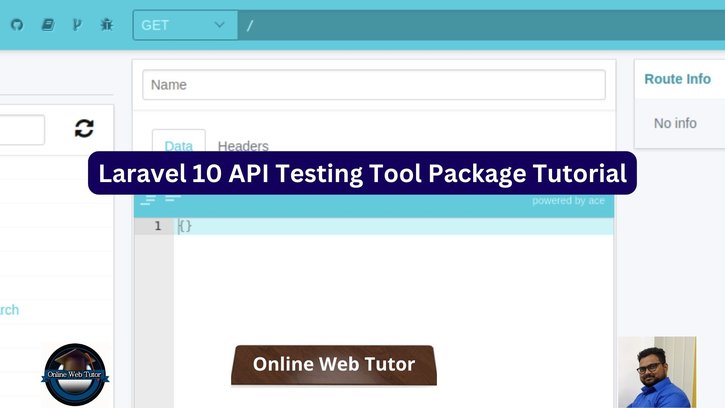API testing is an important part of guaranteeing the dependability and functionality of your web services. Laravel 10 includes a variety of tools and packages to help you expedite the API testing process and swiftly discover and handle issues. We will walk you through the process of using an API testing tool package in Laravel 10 in this article.
The Laravel ecosystem contains a number of packages that can help to simplify API testing and improve the overall testing experience. We will look at one such package in this article, showcasing its features, installation method, and practical uses.
Read More: Laravel 10 How To Get Logged In User Data Tutorial
Let’s get started.
Laravel Installation
Open terminal and run this command to create a laravel project.
composer create-project laravel/laravel myblogIt will create a project folder with name myblog inside your local system.
To start the development server of laravel –
php artisan serveURL: http://127.0.0.1:8000
Assuming laravel already installed inside your system.
“laravel-api-tester” Package Installation
Open project into terminal and run this composer command.
$ composer require asvae/laravel-api-testerYou will see as,

Add Example Route
Open api.php from /routes folder and add this.
//...
Route::get('api-test', function () {
return response()->json(array(
"status" => 1,
"message" => "API testing tool is working fine"
));
});
//...
Application Testing
Run this command into project terminal to start development server,
php artisan serveRead More: Laravel 10 Override Auth Register Method Tutorial
URL: http://127.0.0.1:8000/api-tester

Search for “user defined api route“

Api testing

We hope this article helped you to learn about Laravel 10 API Testing Tool Package Tutorial in a very detailed way.
If you liked this article, then please subscribe to our YouTube Channel for PHP & it’s framework, WordPress, Node Js video tutorials. You can also find us on Twitter and Facebook.
